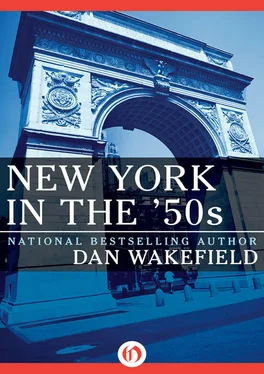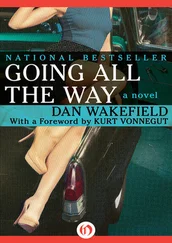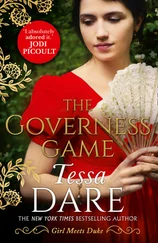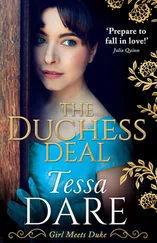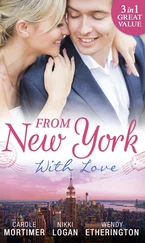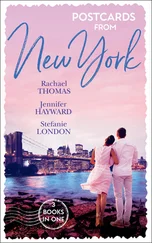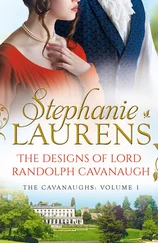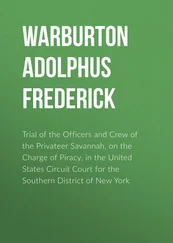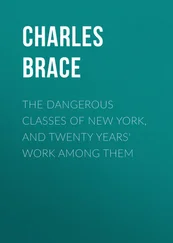New York in the ’50s
Dan Wakefield
To Sam Astrachan, Jane Wylie Genth ,
Ivan Gold, Mike Standard ,
Ted Steeg, and Helen Weaver
And to the memory of C. Wright Mills ,
Robert Phelps, and May Swenson
Loved ones all, in New York
in the fifties, and beyond
There was a time when New York was everything to me: my mother, my mistress, my Mecca.… It persists, an indelible part of my young manhood, imbedded in the very core of my being.
— Harvey Swados, “Nights in the Gardens of Brooklyn ”
Let us raise a standard to which the wise and the honest can repair. The event is in the hands of God.
— George Washington to his troops, as quoted on the Washington Square arch
In the 1950s, “Negro” was the accepted term of respect for the minority people who in the next decade would find both beauty and power in the word “black,” which before then could have been taken as an insult. In the 1990s, “African American” is for many the preferred designation. In the 1950s, a definition of the word “girl” in my American College Dictionary (a standard reference book of the time, published by Harper’s) was “2. a young unmarried woman.” That usage was preferred by the young women I knew at the time, though their counterparts today would reject the term as disrespectful, or even demeaning, and prefer to be called women.
In using the terms “Negro” and “girl,” I have tried to be faithful to the sound and speech of the 1950s. I do not intend any disrespect to current sensibilities by such usage.
Introduction: The “Silent Generation” Speaks Out
The decade I lived in New York was the heart of the 1950s. I arrived at Columbia the year that Dwight D. Eisenhower exchanged his presidency of the university for that of the United States. One of my early assignments as a reporter for the Columbia Daily Spectator was to photograph him at a campaign picnic before the homecoming game, and I captured a view of his famous bald dome bending over a piece of fried chicken. Despite opposition from the Spectator (most of us on the staff were “madly for Adlai”), Ike was elected, and he began an eight-year reign that marked the mood of the decade as one of benign middle-of-the-road Republicanism. The era was summed up in the comforting slogan so soothingly repeated by the solid majority of Americans, but—and this significant fact is forgotten—heard with teeth-grinding frustration by the rest: “I like Ike.”
The autumn I left New York, for a Nieman fellowship in journalism at Harvard, John F. Kennedy was assassinated. If the charismatic young JFK’s succession of Ike as president was seen as the end of an era, his death was a deeper, more tragic close to the innocence of the Eisenhower years. But these were endings, like the closing of great doors on the past, offering little or no vision of what was to come.
I got my first glimpse of the new era the following spring of 1964, when I returned to New York for the wedding brunch of a friend at the Plaza Hotel. I looked out the tall windows of the Edwardian Room and saw mounted police holding back a mob of unruly young people trying to get beyond traffic barricades to touch or glimpse a new pop music group from Liverpool who had come to appear on “The Ed Sullivan Show.”
These English kid musicians, who were called by the odd name the Beatles, seemed in age, attire, manner, attitude, and music to be the polar opposite of the patriarchal Ike. Their arrival in New York represented the real changing of the guard, not just the political switch in style and rhetoric represented by JFK, but the real if belated beginning of the counterdecade—the anti-establishment, youth-on-the-loose, psychedelic sixties.
The time from Ike’s election to the coming of the Beatles was a decade in which the taste, politics, mores, and culture of our society underwent a deep change, one that not only unleashed the tidal wave of the sixties but formed the patterns from which future decades would flow, shaping the way we live now in the closing years of what began as “the American century.”
The sixties supposedly ushered in the era of change, revolt, and excitement, while the fifties have been dismissed as dull and boring, a time of quiet acquiescence to the status quo. My Columbia College classmate Rabbi Harold Kushner, author of When Bad Things Happen to Good People (a best seller of the eighties), articulated the feelings of many of us when he said in his address to the thirty-fifth reunion of the class of ’55: “Ours is seen as a time when nothing happened—the Eisenhower years, the age of conformity, of passivity instead of passion, of panty raids instead of protest marches, the years of Levittown and The Organization Man and The Lonely Crowd . I think the time has come for us to look back in charity and ask ourselves: were the fifties really that dull and empty?”
In finding the strengths, virtues, and contributions of what he called “the last generation to trust our elders,” Rabbi Kushner struck a chord in those of us who have long believed we were mistakenly stuck with the label of “the Silent Generation.” In fact, I didn’t know how strongly my friends from the fifties, many of them writers, felt about the inaccuracy of our generational dog tag and about the bad rap our decade was given until I began to ask them about it. I was pleased to find my own feelings affirmed, but I was surprised by the passion and eloquence with which these writers spoke of our time.
One of my friends when I lived in the Village was Meg Greenfield, who worked as a staff writer for The Reporter and is now the editorial page editor of the Washington Post . “I felt the Silent Generation thing was sort of a libel,” she says. “Now it’s simply become the accepted wisdom, but the fifties are a badly researched and badly reported time. There was more social action, and more sense than we’re given credit for. Subsequent generations have politicized every emotion and believed it was happening to them for the first time. We experienced as much and understood more than we’re given credit for. It didn’t occur to you if you were having a problem with a boyfriend or with your family—all of us who left home and came to New York had a terrible struggle with our parents—to announce that it was the problem of the American political system and write articles denouncing something.”
Max Frankel, who was my early idol and boss as editor of the Spectator when I went to Columbia in 1952 and now is executive editor of the New York Times , says without hesitation, “I thought the label ‘Silent Generation’ was dumb and inaccurate. When I was on the Spectator , we were noisy about not liking Ike and about upholding academic freedom and other issues we felt strongly about.”
Marion Magid went to Barnard when I was at Columbia, but I didn’t meet her until I was living in the Village, when she was writing critical pieces on the theater. She is now an associate editor of Commentary , which she has worked for as a writer and editor for many years. We met again recently in New York. “I don’t believe the fifties was so namby-pamby as people later made it out to be,” she says. “It was the last time it was possible to have a ‘personal’ life. There was a sense of discovery then, but later everything became so codified. Now relationships are mapped, there are pre-established attitudes. There’s a sense that everything’s been ransacked—every secret, ethnic and sexual. There’s no more privacy. You meet and everyone exchanges credentials. We had more room to live the inner life.”
Читать дальше
